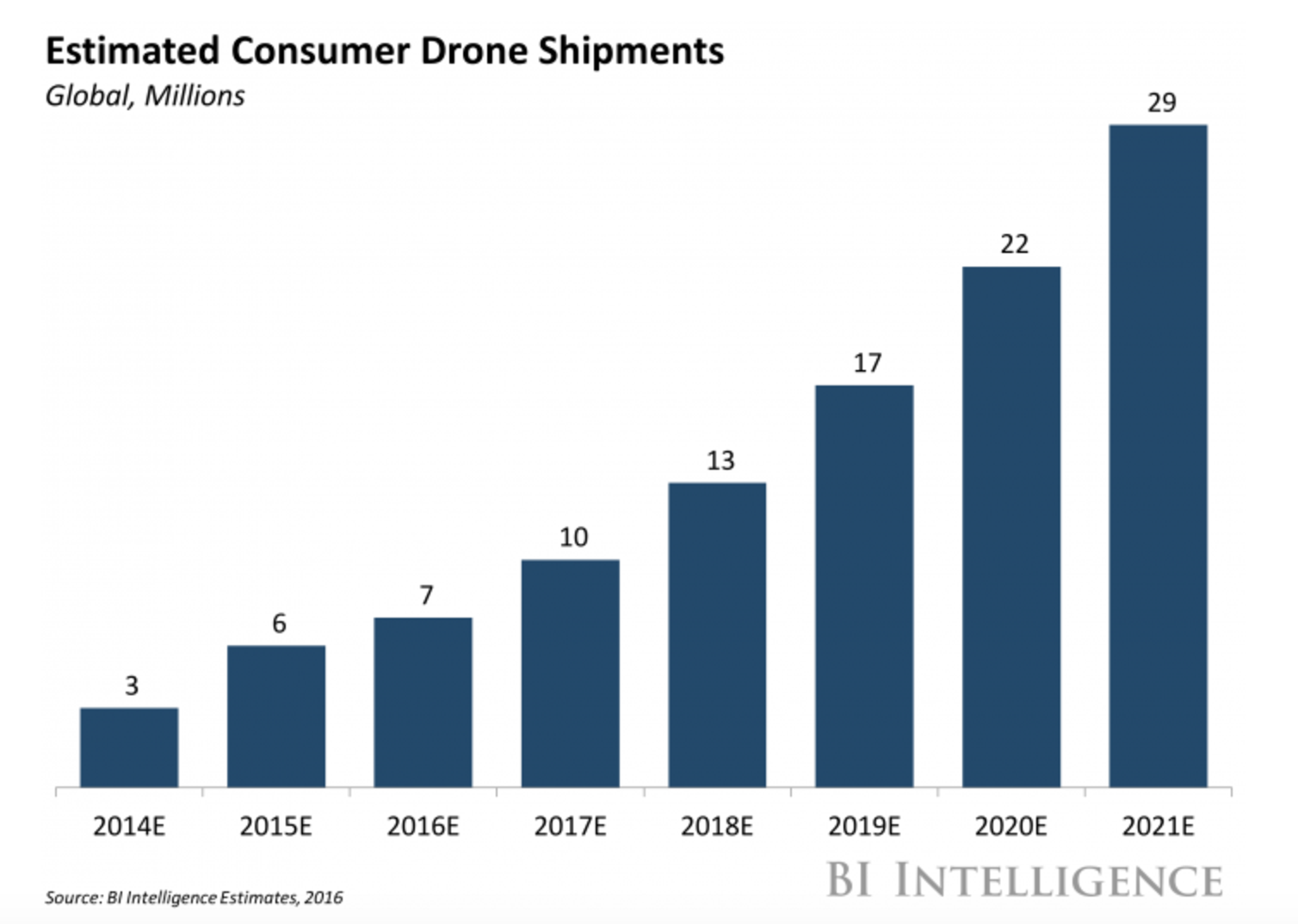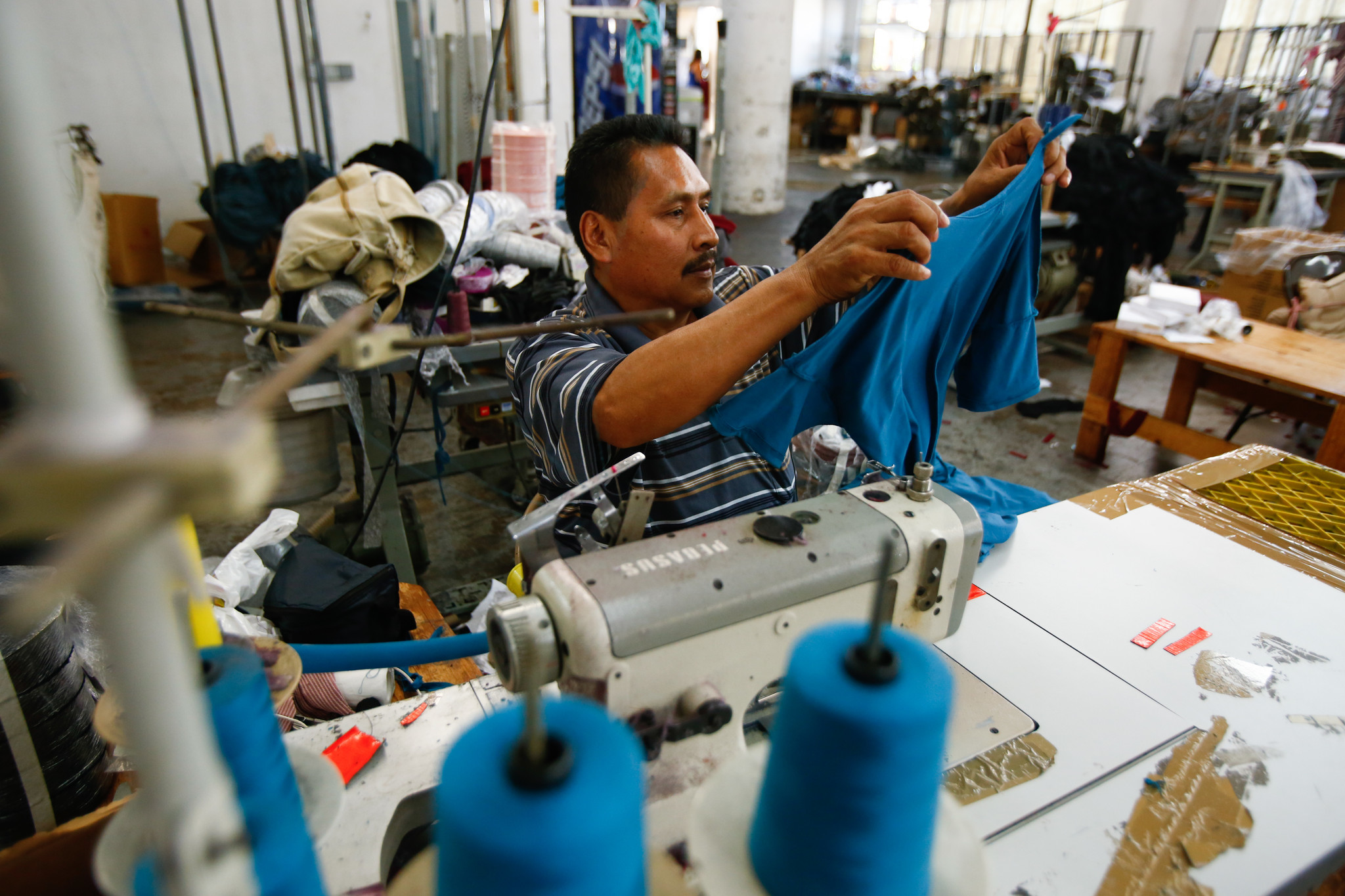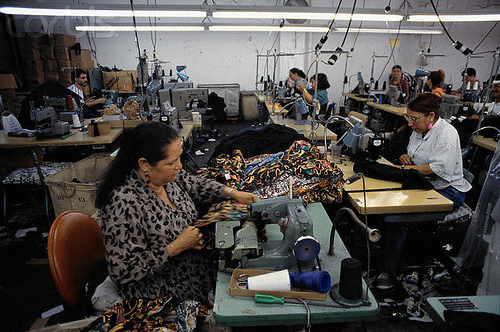
As a student of Sauder, I, like many others before me, have been given the opportunity to sit in on a semester worth of Professor Gateman’s economics lectures. On the first official day of class, the first, most important principle Prof G stressed to our class was that, the basis of economics was studying the management of scarce resources to satisfy unlimited human wants. “Stuff is scarce” (if you don’t believe me, flip to the third page of Gateman’s microeconomics G-Book).
It is common knowledge that we have a finite amount of resources on earth. However, what if we expanded our horizons slightly to the vast depths of space and the idea of mining asteroids and other minor planets for their valuable raw resources. This space mining would vastly change the core principle of economics and the way we live our lives. While this idea might seem farfetched, it is currently being supported by a $330 billion industry, with many believing that the first mining expedition could be executed in the next ten years.

Space mining is an exciting prospect for more than one reason. The obvious being access to an almost endless supply of finite terrestrial resources. However, in addition to the large quantities of commodity materials, many asteroids hold an abundant supply of water, making them a viable “pit-stop” for future space exploration missions of space.
“The famous quote is that there’s enough [resources in space] to build a skyscraper 8000 storeys tall and cover the Earth in it – which no one wants to do – but we’re just saying there’s a lot there.” – Professor Brian Cox from the School of Physics and Astronomy at the University of Manchester.
There are however many naysayers to the idea of space mining, citing economic affordability, practicality and a lack of a legal framework as large factors to its probable failure. I, however, believe that this industry has the potential to shape and define the 21st Century, and should be heavily funded by governments in preparation for the unavoidable future of our finite resources. In the past, natural resources have been the driving force that has allowed civilizations to expand to new frontiers, and if we want to continue progressing as a species, we should be looking to change our change preconceived notions of sustainability by investing in the future of space mining. Simply from a market perspective, for some metals, the commodities markets will be completely reshaped. The general availability of abundant, cheap new precious metals in the market would significantly alter our current economy and affect the course of civilization.

So while there are still a few decades left for space mining to become commercially viable, the industry is one worth investing in. Not just for its limitless profits – as per Nasa’s estimates, there is over $700 quintillion dollars in mineral resources in asteroids available to humankind – but also as a stepping stone to the 21st century’s extra-terrestrial industrial revolution.
Word count: 447










